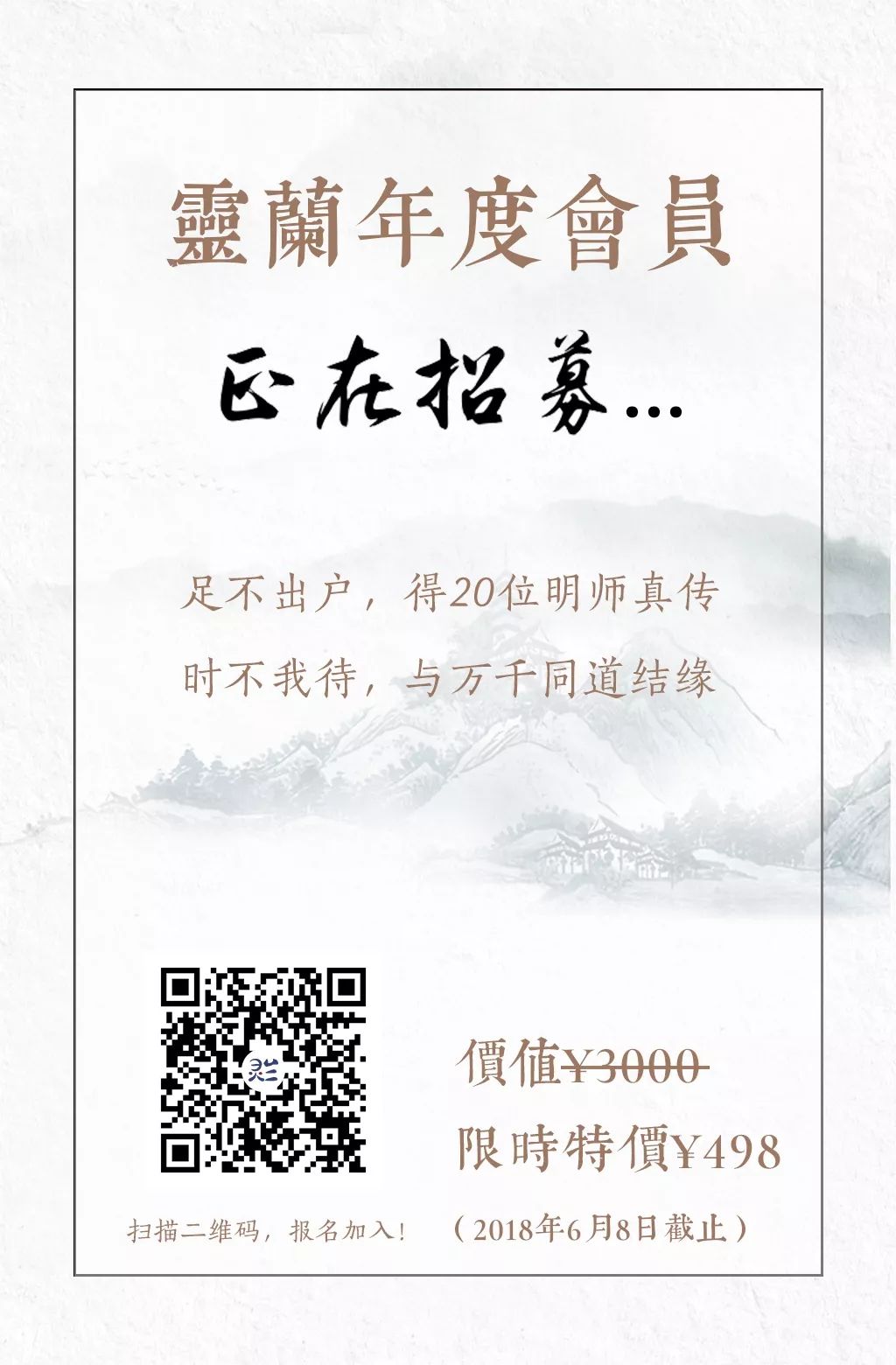Reading articles in the morning, reviewing comments in the evening.
Pin to the TCM Book Club, click the blue text above.

TCM Book Club Issue 1707
One issue daily, accompanying the growth of TCM practitioners
IIntroduction:Tongue diagnosis is a crucial method for gathering information in TCM. Teacher Huang Huang creatively links tongue appearances with herbal formulas. The following tongue types are commonly seen, allowing us to appreciate the connection between tongue appearance and medicine. (Editor/Wang Chao)

Emphasizing Tongue Diagnosis
Authors/Huang Huang, He Yunqiang
Teacher Huang (editor’s note: Teacher Huang Huang) has summarized several tongue appearances with significant diagnostic value, creatively linking them with herbal formulas. Examples are as follows:
1. Gui Zhi Tongue (Cinnamon Twig Tongue)
The tongue is pale red or dull, soft in texture, moist on the surface, and has a thin white coating. This tongue appearance is commonly seen in individuals with a Gui Zhi (Cinnamon Twig) constitution. When using large doses of Gui Zhi or Rou Gui (Cinnamon), this tongue appearance is generally observed. If the tongue is red and firm, or has a thick greasy yellow coating, or is bright red without coating, then Gui Zhi is generally not suitable.
2. Fu Ling Tongue (Poria Tongue)
The tongue body is often enlarged with tooth marks on the edges and a moist surface. If the tongue has tooth marks and is swollen with diarrhea, it often indicates a Fu Ling Gui Zhi (Poria and Cinnamon) syndrome; if the tongue is small with tooth marks, accompanied by abdominal distension, insomnia, and a sensation of a foreign body in the throat, it often indicates a Fu Ling Ban Xia (Poria and Pinellia) syndrome.
3. Ban Xia Tongue (Pinellia Tongue)
The tongue body shows no obvious abnormalities or has tooth marks, with a greasy coating, or a slippery and sticky coating, or two white lines formed by small saliva bubbles on the sides of the tongue (also known as “Ban Xia Lines”).
4. Ren Shen Tongue (Ginseng Tongue)
The tongue surface is often dry and accompanied by thirst, with a shiny coating, and the tongue body is thin and red. Such individuals are often thin.
5. Da Huang Tongue (Rhubarb Tongue)
The mouth is dry with a yellow tongue, the tongue body is firm and red, and may even have red prickles on the surface, with a yellow or burnt yellow coating. Teacher Huang always examines the tongue in critical conditions; even if the constitution is weak, as long as the “Da Huang Tongue” is present and supported by abdominal examination, Da Huang becomes an important herb.
6. Huang Lian Tongue (Coptis Tongue)
The tongue body is firm, red or dark red; the coating is thick and greasy with a bitter taste in the mouth.
7. Xi Xin Tongue (Asarum Tongue)
The tongue body is pale red, with a white slippery coating, covered with a layer of thin slippery mucus. Such individuals often dislike cold and do not feel thirsty.
8. Gan Jiang Tongue (Dried Ginger Tongue)
The tongue coating is thick and white or greasy, or white and slippery, with a layer of mucus covering the tongue. Such individuals often have saliva but do not feel thirsty.
Recommended Reading
Concise Key Points on Tongue and Pulse, learning these diagnostic methods is not that difficult!
There is also a type of Xiao Chai Hu Tang (Minor Bupleurum Decoction) tongue coating.
|
ICopyright Statement。This article is excerpted from “Record of Gains and Losses in Classical Formulas Practice”, published by China Traditional Chinese Medicine Press.Authors/Huang Huang, He Yunqiang.Editor/Wang Chao. Proofreaders/Bing Cheng, Zhen Zi. Copyright belongs to the relevant rights holders. If there is any improper use, please feel free to contact us. I Submission Email [email protected] |


